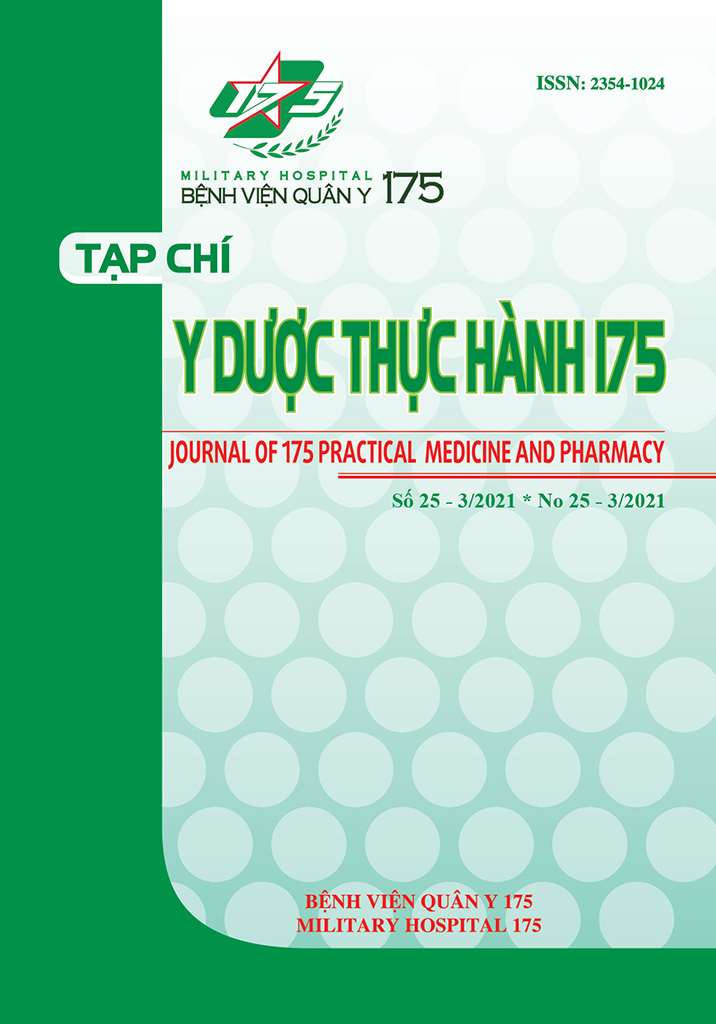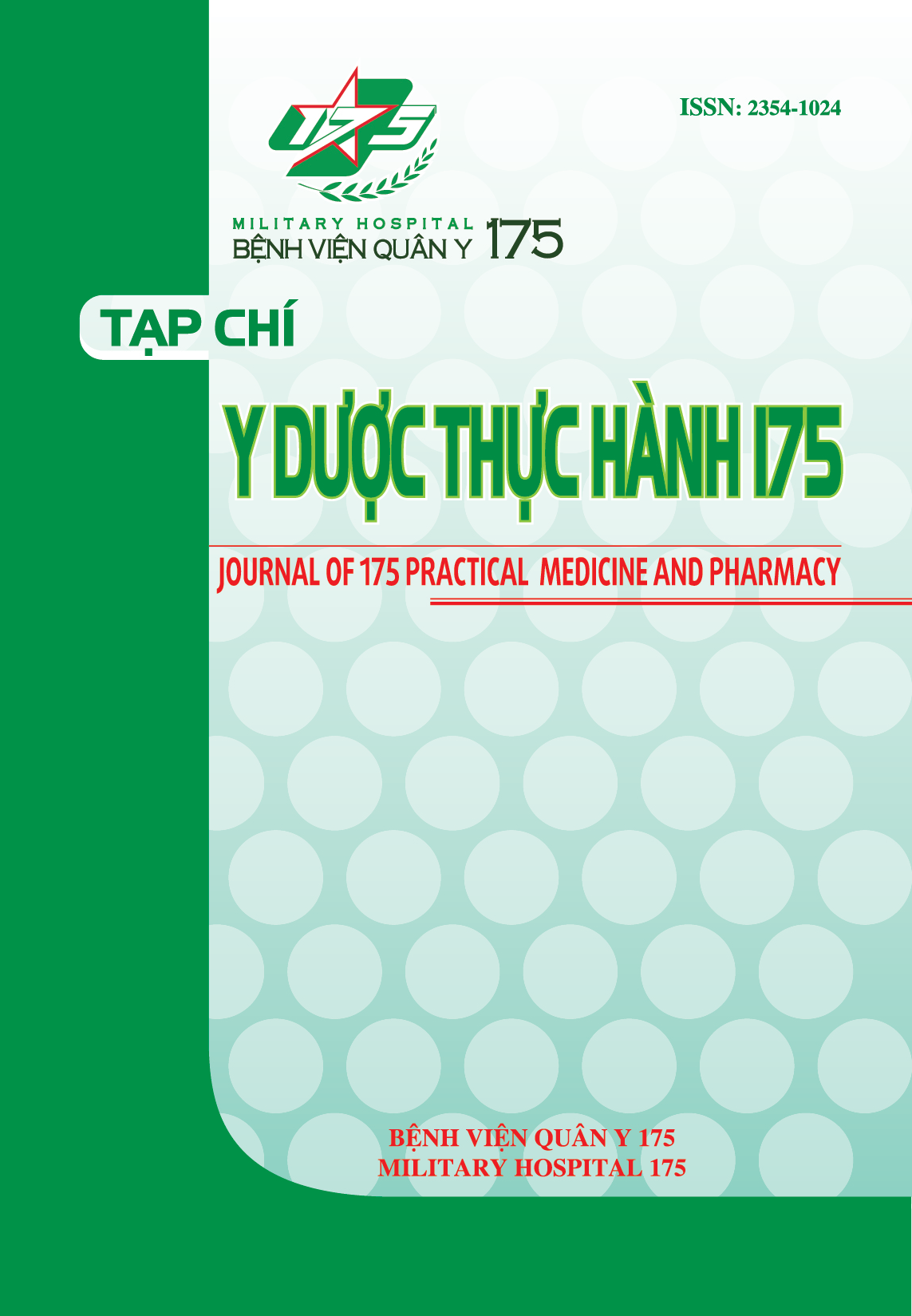NHÂN HAI TRƯỜNG HỢP BỆNH GIẢM ÁP MỨC ĐỘ NẶNG ĐƯỢC CẤP CỨU, VẬN CHUYỂN VÀ ĐIỀU TRỊ THÀNH CÔNG TẠI BỆNH VIỆN QUÂN Y 175
Các tác giả
Từ khóa:
Bệnh giảm áp, Cấp cứu vận chuyển đường khôngTài liệu tham khảo
Aqua Med, Decompression sickness, https://www.aqua-med.eu / en/medicine/service/medical-articles/ medizinische-artikel/decompression-sickness/
Diana Marie Barratt, Paul G. Harch, Keith Van Meter, Decompression illness in divers: A review of the literature, The Neurologist 8:186–202, 2002.
Eduardo Rajdl N., Air transport: Basic and clinical aspects, REV. MED. CLIN. CONDES - 2011; 22(3) 389 – 396
Himanshu Khurana, Yatin Mehta, and Sunil Dubey, Air medical transportation in India: Our experience, J Anaesthesiol Clin Pharmacol (2016), 32(3): 359–363
Kay Tetzlaff, Erik S. Shank, Claus M. Muth, Evaluation and management of decompression illness - an intensivist’s perspective, Intensive Care Med (2003) 29:2128–2136 DOI 10.1007/ s00134-003-1999-1
Laurens E. Howle, Paul W. Weber, Ethan A. Hada, Richard D. Vann, Petar J. Denoble, The probability and severity of decompression sickness, PLoS ONE (2017) 12(3): e0172665. https://doi. org/10.1371/journal.pone.0172665
Loyd JW, Swanson D, Aeromedical Transport, StatPearls [Internet]. Treasure Island (FL): StatPearls Publishing; 2020-. 2019 Jun 16, PMID: 30085528
Ming Geng, Luting Zhou, Xiaohong Liu, Peifeng Li, Hyperbaric oxygen treatment reduced the lung injury of type II decompression sickness, Int J Clin Exp Pathol 2015;8(2):1797- 1803 www.ijcep.com /ISSN:1936-2625/ IJCEP0004651
Neal W. Pollock, Dominique Buteau, Updates in decompression illness, Emerg Med Clin N Am 35 (2017) 301–319 http://dx.doi.org/10.1016/j. emc.2016.12.002
Pierre Louge, Emmanuel Gempp, Michel Hugon, MRI features of spinal cord decompression sickness presenting as a Brown-Sequard syndrome, Diving Hyperb Med. 2012 Jun;42(2):88- 91.
Wg Cdr MC Joshi, Gp Capt RM Sharma, Aero-medical Considerations in Casualty Air Evacuation (CASAEVAC), MJAFI 2010; 66 : 63-65.
Tải xuống
Tải xuống: 64










